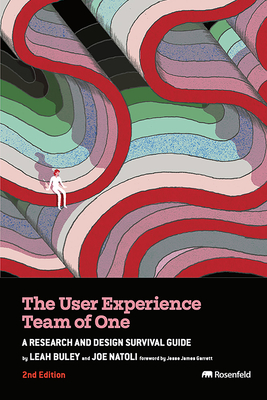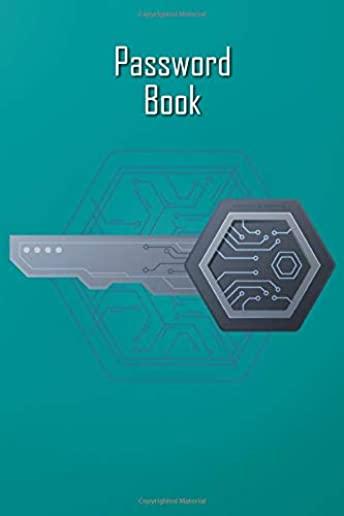
Buley, Leah
product information
description
soned practitioner, The User Experience Team of One gives you everything you need to succeed, emphasizing down-to-earth approaches that deliver big impact over time-consuming, needlessly complex techniques. This updated classic remains a comprehensive and essential guide for UX and product designers everywhere--you'll accomplish a lot more with a lot less. Who Should Read This Book?
The techniques and advice in this book are applicable to anyone who is just starting out in user experience, as well as seasoned practitioners who have been in the field for years. In addition, anyone who read the first edition will appreciate this updated edition that features loads of new material that has changed over the past 10 years. There are tips, tools, and techniques throughout the book to improve your performance. The various methods detail exactly how to handle a variety of situations--from the timing involved, the materials, when to use that information, and how to try it out. Look for real-life sidebars from the authors, as well as experts in the field. This book applies to a team of one or a team of many.
Takeaways- The first section covers the philosophy of the UX team of one--why you do it, how you build support, how to identify common challenges, and how to keep growing.
- The second section of the book, "Practice," gives you tools and techniques for managing this balancing act with detailed methods.
- The 25 up-to-date methods in Part II prompt a question about a specific topic, answer the question, give the average time it will take to deal with the issue, tell you when to use this material, and give you instructions for "Trying It Out".
- You can learn about working conditions that a team of one often experiences.
- The book addresses difficult situations that UX practitioners often encounter (for example, the need for speed in corporate environments.
- Be sure to review the UX Value Loop[TM] that Joe created to define UX.
- Check out sidebars that highlight some of Joe and Leah's personal real-life experiences.
- The end of each chapter tells you what to do if you can "only do one thing"
- Finally, notes and tips give you handy techniques and tools to use in your own practice.
member goods
No member items were found under this heading.
notems store
Return Policy
All sales are final
Shipping
No special shipping considerations available.
Shipping fees determined at checkout.







